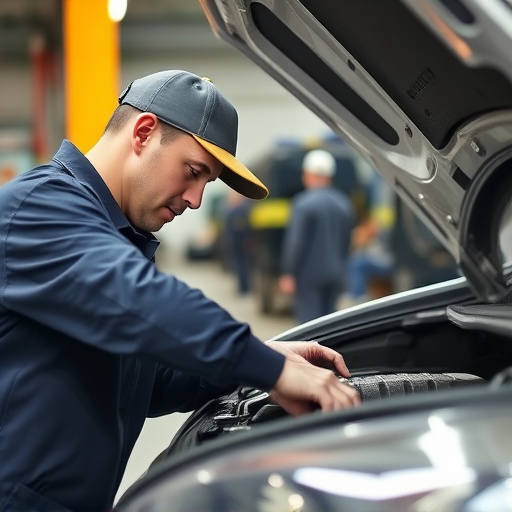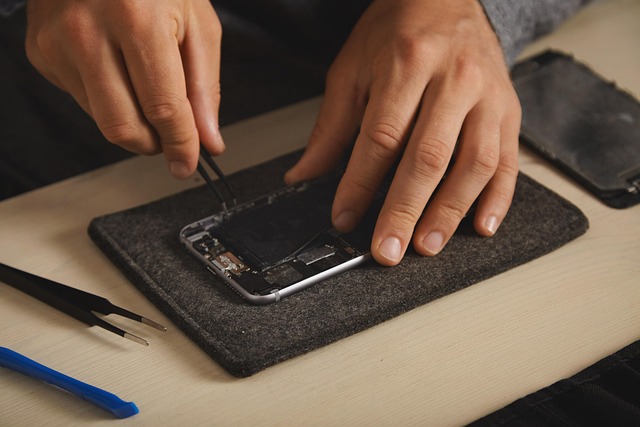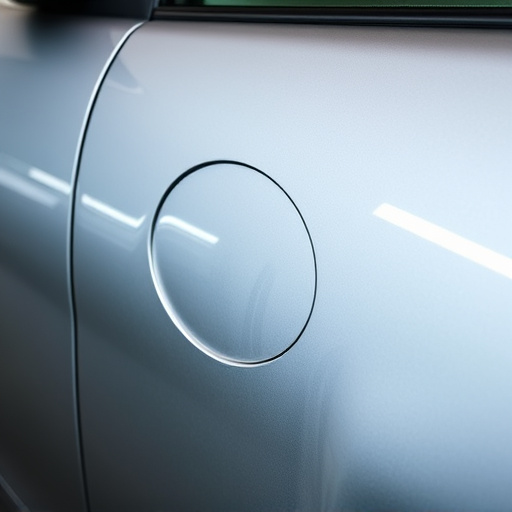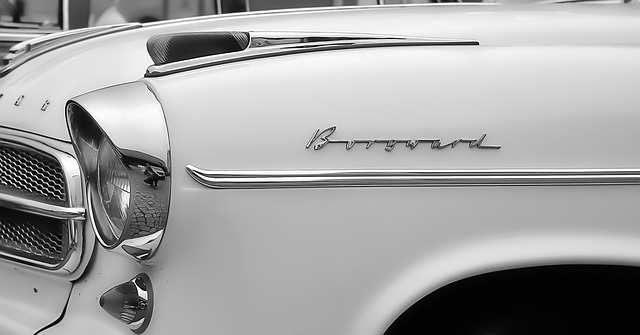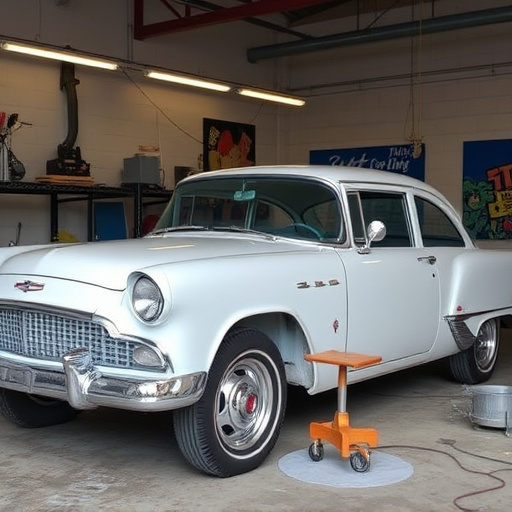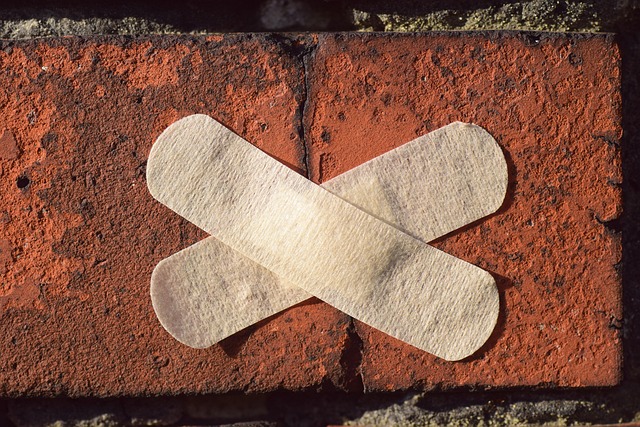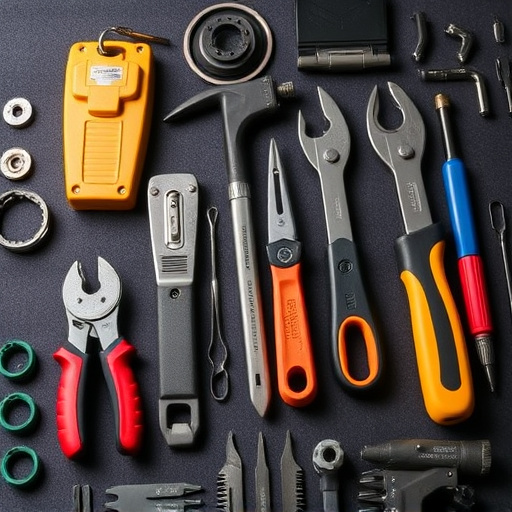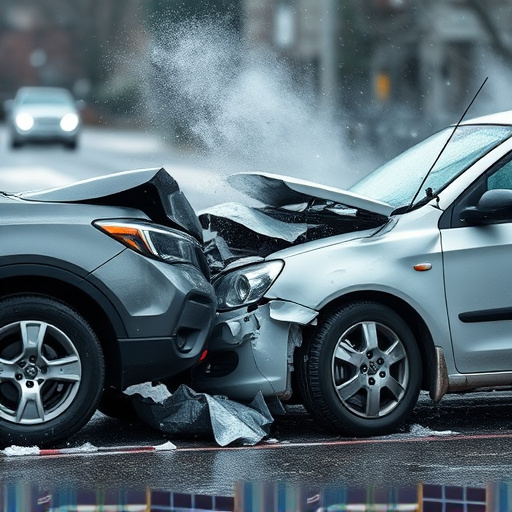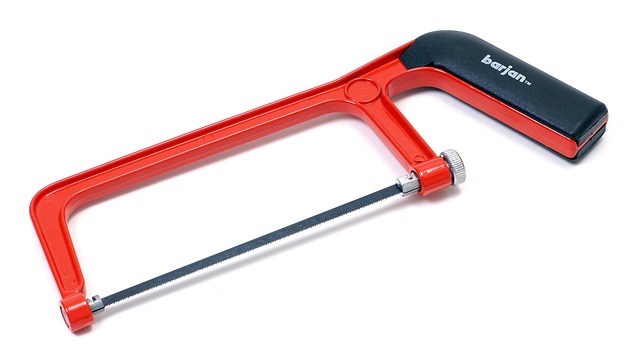Tesla Model S front end repair involves addressing headlight, sensor housing, and structural damage for safety and performance maintenance. Meticulous inspection identifies damaged parts, followed by disassembly, cleaning, and precise reassembly with proper alignment. Professional body shops use specialized tools to diagnose and fix issues, ensuring the Model S maintains its sleek design and advanced driver-assistance systems functionality on bustling roads.
Looking to repair your Tesla Model S’s headlights and sensor housing? This comprehensive guide is your go-to resource. We break down the intricate components of your car’s front end, helping you identify common issues. Learn expert tips for diagnosing problems and follow a step-by-step repair process designed for optimal results. By understanding the Tesla Model S front end repair process, you’ll restore safety and enhance your driving experience.
- Understanding Tesla Model S Front End Components
- Diagnosing Headlight and Sensor Housing Issues
- Step-by-Step Repair Guide for Optimal Results
Understanding Tesla Model S Front End Components
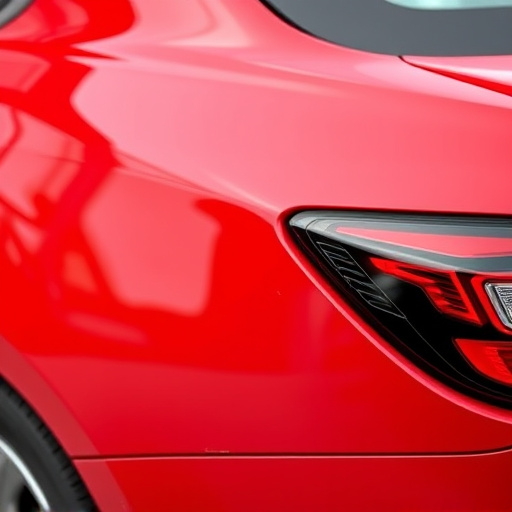
The Tesla Model S, an iconic electric vehicle, boasts a sleek and modern design, but like any car, it’s not immune to front-end damage. When it comes to repairs, understanding the intricate components of the Model S’s front end is crucial. This includes the headlight assemblies, sensor housings, and various other parts that contribute to its distinctive look and safety features. Each component plays a vital role in the vehicle’s overall performance and aesthetics.
A Tesla Model S front end repair may involve replacing damaged or shattered headlights, fixing sensor housing cracks, or realigning components affected by collision damage repair. These repairs are essential not only for the car’s structural integrity but also to ensure optimal visibility and functioning of its advanced driver-assistance systems (ADAS). A reputable car body shop with expertise in electric vehicle restoration can handle these delicate tasks, ensuring the Model S returns to its pristine condition, safely navigating through today’s bustling roads.
Diagnosing Headlight and Sensor Housing Issues
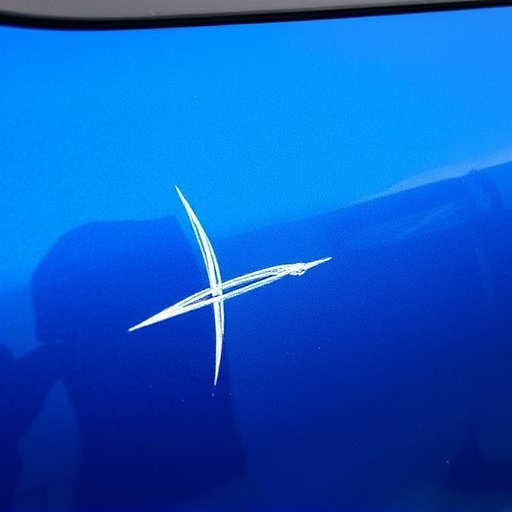
Diagnosing Headlight and Sensor Housing Issues on your Tesla Model S involves a systematic approach to identify the source of any malfunctions or damage. Start by examining the headlights for any cracks, chips, or discoloration, as these are common indicators of impact-related issues, whether from a fender bender or hail damage repair. Check for proper alignment and brightness using a headlight tester; misalignment or reduced intensity could signal problems with the housing or internal components.
Inspect the sensor housing around the headlights for signs of distortion, corrosion, or debris buildup. These sensors play a crucial role in advanced driver-assistance systems (ADAS), so any issues can affect the vehicle’s safety features. Utilize diagnostic tools to check for communication between the headlights and the car’s computer system; discrepancies may point towards faulty wiring or sensor malfunctions that require professional automotive body work for repair.
Step-by-Step Repair Guide for Optimal Results
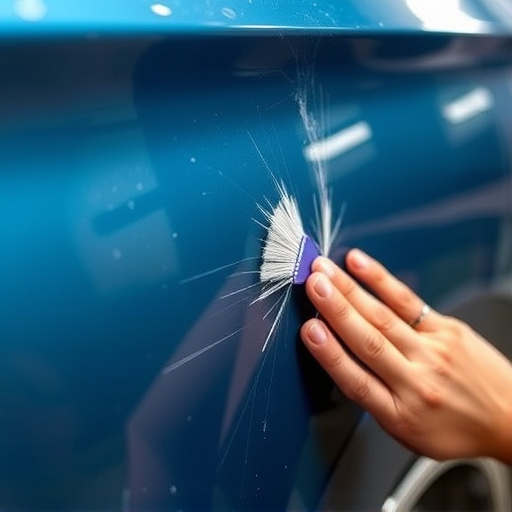
When undertaking a Tesla Model S front end repair, whether for headlight replacement or sensor housing damage, a systematic approach is key to achieving optimal results. Begin by inspecting the affected area thoroughly, identifying all components in need of attention—this includes headlights, sensors, and any surrounding panels. Gather your tools and materials: high-quality replacement parts, specialized adhesives, and finishes that match your vehicle’s original specifications.
Next, protect adjacent areas with drop cloths to prevent mess and damage. Remove any loose debris and inspect the surface for paint imperfections or rust. Carefully disassemble the damaged components, taking note of their position and orientation for easier reassembly. Clean the area thoroughly to ensure optimal adhesion for repairs. For headlight replacements, install new lights ensuring proper alignment; for sensor housing repair, use the right adhesives to secure replacements while maintaining accurate positioning. Finally, apply a thin coat of high-quality paint, allowing it to dry completely before reattaching all parts, resulting in a vehicle restoration that matches the car’s original aesthetics and functionality.
Repairing your Tesla Model S’s headlight and sensor housing is a feasible task with the right knowledge. By understanding the front end components and following a structured repair guide, you can effectively address common issues. This DIY approach not only saves costs but also ensures a secure and reliable driving experience for your electric vehicle. Remember, a well-maintained Tesla Model S front end is key to optimal performance and safety on the road.


